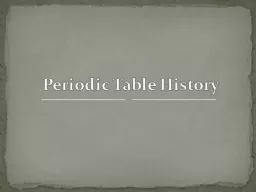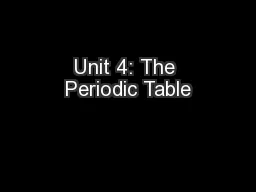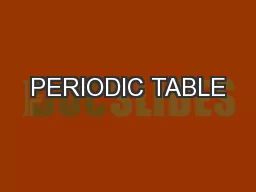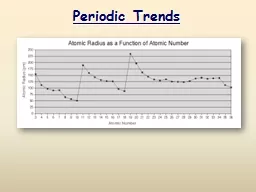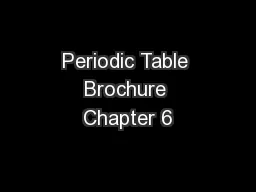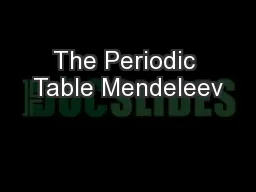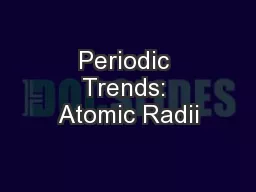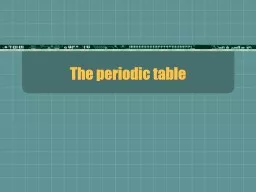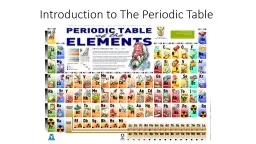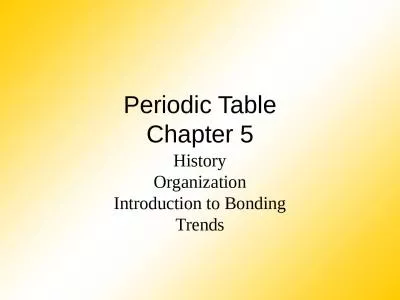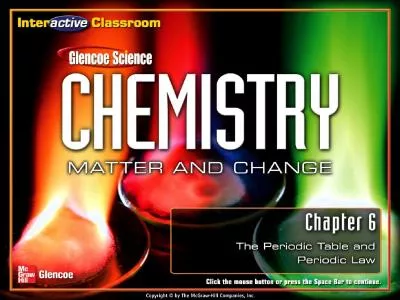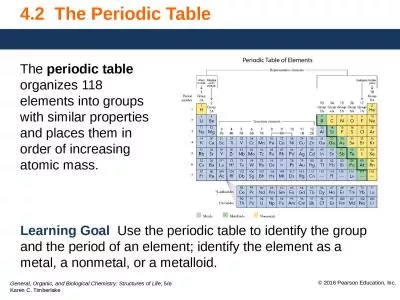PPT-Periodic Table
Author : lois-ondreau | Published Date : 2016-08-14
Evan Luton Web Elements Uranium Atomic symbol is U Atomic number is 92 Atomic mass is 23802 Half life of Uranium238 is 447 billion years Uranium gives interesting
Presentation Embed Code
Download Presentation
Download Presentation The PPT/PDF document "Periodic Table" is the property of its rightful owner. Permission is granted to download and print the materials on this website for personal, non-commercial use only, and to display it on your personal computer provided you do not modify the materials and that you retain all copyright notices contained in the materials. By downloading content from our website, you accept the terms of this agreement.
Periodic Table: Transcript
Download Rules Of Document
"Periodic Table"The content belongs to its owner. You may download and print it for personal use, without modification, and keep all copyright notices. By downloading, you agree to these terms.
Related Documents


